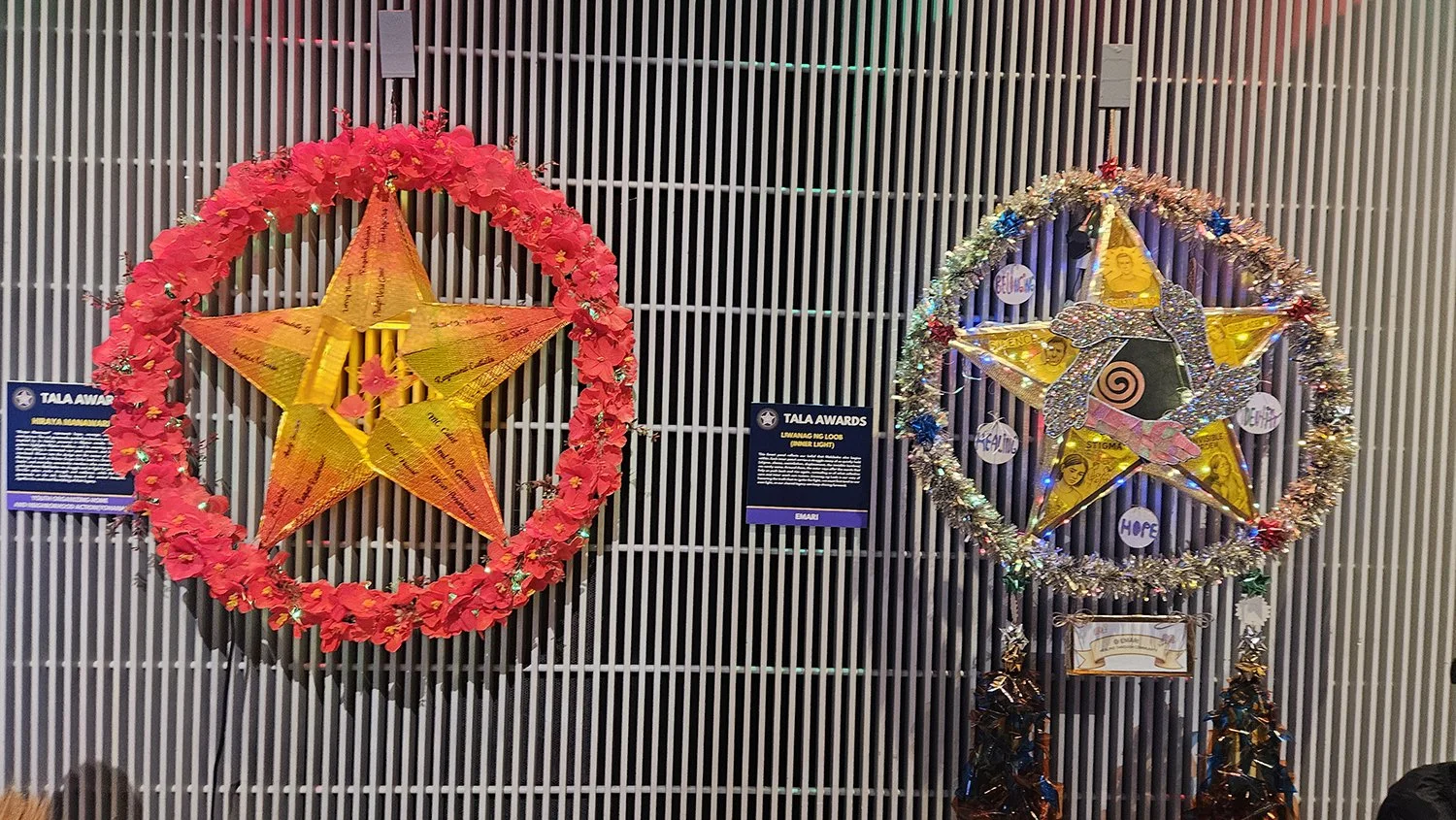Martial Law Stories: Visiting YRC
/The U.S. Military Prison during the American colonial period that later became the Youth Rehabilitation Center (YRC). Located near the entrance to Fort Bonifacio, the headquarters of the Philippine Army, the facility held maximum-security political detainees as well as criminal suspects after the declaration of martial law by the Marcos regime in September 1972.
I was very nervous the first time I got in there, not only because I was starting a new relationship amid the terror and uncertainty of martial law, but also because I was not one of “them,” the members of the radical leftist groups that populated that particular detention center in 1974. Before September 23, 1972 (the day martial law was declared), many of them were vociferously denouncing not just the government but also the group they identified me with. Thus, I felt like I had entered the enemy’s lair.
My fears were all for naught, it turned out. The divisions, the sloganeering, the dogmatism of the past had given way to a unity borne of a common plight and a common enemy. By the end of the visiting hour, I had reestablished bonds with college schoolmates from UP (who were then the recognized leaders of the revolutionary movement), introduced to the wives who were there, and provided phone numbers so I could meet the others.
For the next two and a half years, the rhythm of my life was dictated by the demands of detention. Visits were allowed three times a week, an hour each on weekdays and from 10 a.m. to 4 p.m. on Sundays. A visit was quite an involved process. Usually it meant buying food to supplement meager prison ration, medicine, magazines, books and occasionally carrying letters written in very tiny script on onion skin paper so it could be folded small and hidden in the bottom of our handbags or tucked in our bras. Whenever I had the use of the family car, I would be asked to do some special errands, like picking up someone’s young son to visit his detained father, collecting supplies for their livelihood projects or purchasing a bag of cement for some minor construction work.
I was easily integrated into the sisterhood of wives, girlfriends, sisters, mothers and daughters of detainees, and to this day, I still look back to that informal community as the warmest, most welcoming group I have ever been a part of. To this day I am amazed at how the women managed to juggle full-time jobs that paid little, mother small children, visit their detainees and lobby for their release. All in a regular week’s work.
It was an extremely stressful time for everyone. From the other detention centers we were hearing horrible torture stories, and very often we had to deal with the heartbreak of friends killed. And then of course, there was the very real fear that some of us might be picked up and detained; martial law was in its infancy and there was still no rhyme or rhythm to the arrests that were happening almost daily.
We learned eventually to watch our backs and protect each other. Having direct access to the collective cunning of our husbands/boyfriends helped, of course, but I still give much credit for surviving such trials to the natural feistiness and determination of the women. There was no overt organizational structure to support us, no guidance to navigate the military bureaucracy and the whims of the officials. Since our ultimate common goal was to secure the release of our detainees, we quickly learned the techniques of lobbying and networking. Most of all, we had to learn patience because much like the arrests, there was no pattern to predict who would be released. Many times it was just luck, like a family member meeting someone who knew a general who had the power to secure someone’s freedom.
Ironically, our visits to the detention center became our refuge from the stress of our daily struggles. There we could lay down our guard and be among kindred spirits. I remember there was always an atmosphere of celebration especially on Sundays when children and extended families visited. Lunch would be a feast since visitors would bring food to be shared. After the meal, someone would inevitably pick up a guitar and start singing, while the children played their games and have the run of the place.
The camaraderie was unforgettable.
When a detainee was released, the celebration would be magnified. There would be clapping and hugging and promises of support. Beneath the layer of happiness however, there would inevitably be sadness and frustration among those left behind and their families, a pall of gloom that only became worse when visitation ended and the gates were locked for the night. I can only imagine the continuing impact of those prison experiences for those bright, intense your men whose momentum was interrupted drastically by years in detention.
I am no longer in touch with most of the women who were part of the YRC family during those dark years. Many of us have outgrown our fervor and have since separated from those we were visiting then. But despite the hurts and bitterness that those relationships may have brought later on, I’m sure most of us would remember those years fondly because we were able to establish a comradeship that defied the insolence of the imposed order. That was an achievement that cannot be outdone.
This story was first published in my column, Slant, in Filipinas magazine, March 2002, with the title “A Singular Achievement.”




